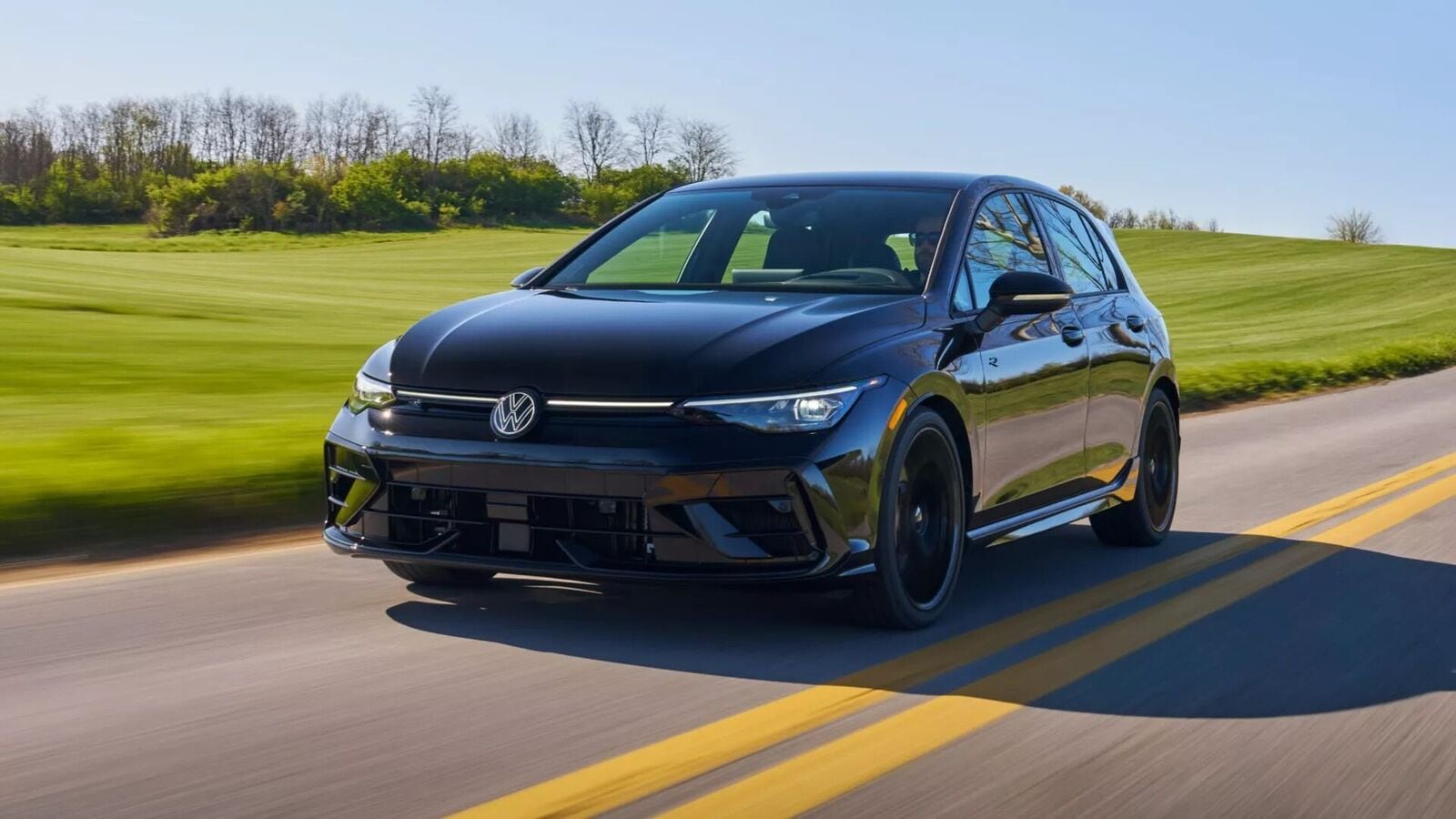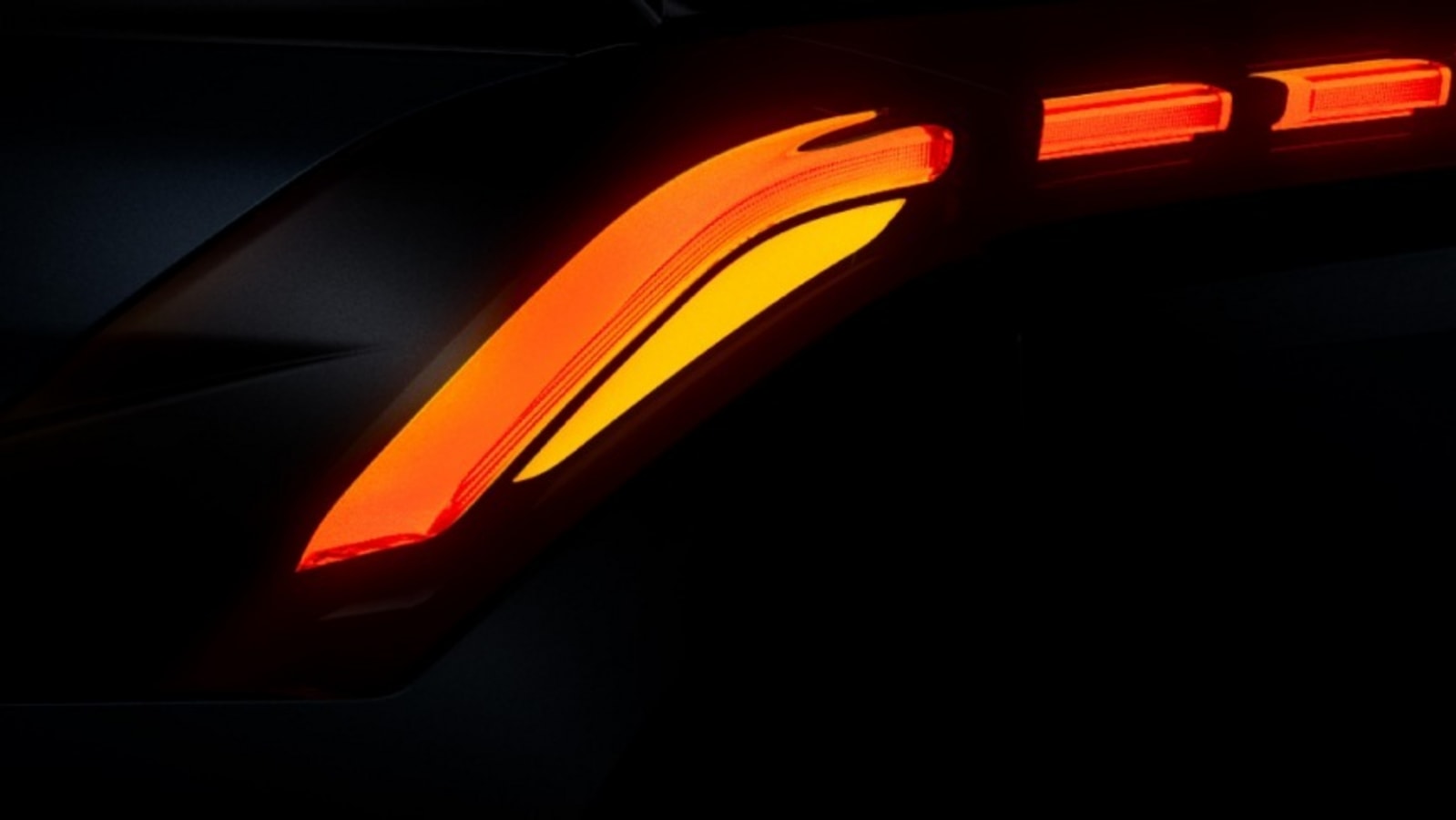28 August 2025

Electric vehicle (EV) sales increased in the US across the first half of 2025. A familiar domestic carmaker commanded the battery-electric vehicle (BEV) market, but were its competitors able to gain ground? Autovista24 web editor James Roberts investigates.
In the first half of 2025, 568,238 BEVs were sold in the US, according to data from EV Volumes. This equated to a year-on-year increase of 1.6%. Up 1% year on year, 108,814 BEVs were delivered in June. This marked the largest monthly volume in the first six months of 2025. It also signalled a return to growth, following year-on-year declines in April and May.
PHEV sales grew by 11.1% compared to the first half of 2025, with 176,502 units hitting the roads. In June, deliveries of PHEV saw notable growth, increasing by 16.8% to 27,198 units. However, this was the second-lowest volume in the first half of the year.
Tesla dominates first half of 2025
The Tesla Model Y completed the first six months of 2025 head and shoulders above its competition. A total of 157,000 sales gave the model a 27.6% market share. Following in second, the Tesla Model 3 saw 67,000 sales between January and June. This equated to an 11.8% market share.
Third place in the standings went to the burgeoning Chevrolet Equinox. In total, 27,749 units reached customers in the US, meaning a 4.9% market share. Meanwhile, 21,785 sales were enough to put the Ford Mach-E in fourth with a 3.8% market share.
The Hyundai Ioniq 5 followed in fifth with 19,092 vehicles reaching US customers, while the resurgent Honda Prologue claimed sixth. It captured a 2.9% market share and moved 16,317 units. Ford snatched seventh with the F-150 Lightning reaching 13,029 sales.
Thanks to record deliveries in March, the BMW i4 was the eighth best-selling BEV in the US between January and June. The German-built saloon saw 12,849, giving it a 2.3% share of the market.
Tesla tops June’s US BEV chart
Tesla has firmly cemented itself at the head of the US BEV market. Despite some well-documented headwinds, this trend continued in June with record results. EV Volumes data shows that the Model Y held the top spot in the US, with 36,000 sales.
This data reveals that June saw the highest volume since the model entered the market in March 2020. The result boosted the Model Y to a 9.1% year-on-year increase, alongside a 33.1% share of the BEV market. This was a 2.5 percentage point (pp) gain on June 2024.
In an established trend, its Tesla stablemate, the Model 3 followed in second. The sedan recorded an 18.8% year-on-year increase in June, with 19,000 units reaching customers. This equated to a 17.5% slice of the BEV marketplace. Since its first recorded sales in July 2017, the Model 3 has seen 1,156,023 units hit US roads.
Tesla remains the only manufacturer with a double-digit BEV market share. Combined Model Y and Model 3 sales amounted to just over half of the entire US BEV market in June. Despite this dominance, competitors appeared to be making inroads.
GM makes BEV gains
Chevrolet enjoyed a strong June. The US carmaker’s Equinox model has proved an increasingly popular all-electric choice with customers. With 5,954 sales, it emerged as the third best-selling BEV in the month.
Year-on-year comparisons flatter the figures as the model was only released in May 2024. However, a comparative 584.9% increase in sales and a 5.5% market share are not to be ignored.
June was the highest volume month in the first half of the year for the Equinox. However, the model has kept a consistent sales pace so far in 2025, following a peak of 7,097 sales in November 2024. Alongside Chevrolet’s model, only two others enjoyed year-on-year increases in June.
Relative newcomer, the Honda Prologue ended up fifth in June’s BEV rankings. It moved 2,799 units, a 237.2% year-on-year boost, claiming 2.6% of the US BEV market. Since launching in April 2024, the carmaker has sold 49,344 of these models.
Fellow Japanese brand Nissan emerged in ninth with its Ariya. Since debuting in December 2022, the model has sold steadily. However, the second quarter of 2025 saw momentum increase. In June, 2,003 units meant a 9.9% year-on-year boost, plus a 1.8% market share, 0.1pp up on June 2024.
Brand doldrums
Despite a strong showing in the top 10 during June, some major players witnessed noticeable year-on-year declines.
The Hyundai Ioniq 5 ended up in fourth with 3,172 vehicles reaching customers in the US. This marked a significant 15.5% downshift in sales, and with it, a 0.6pp fall in market share to 2.9%. Notably, the model is produced in the US, meaning some shelter from tariffs.
Ford also endured declining fortunes in June. The Mustang Mach-E came in sixth with 2,527 sales. This signalled a year-on-year decline of 27.7%, as well as a slip in market share of 0.9pp to 2.3%.
Sitting one place behind the Mach-E in seventh was its Ford stablemate, the F-150 Lightning. It also witnessed a double-digit year-on-year drop in sales. Delivering 2,200 units, this underlined a 13.8% decline compared with June 2024.
The Rivian R1S followed in eighth. The US-built BEV recorded 2,100 sales, down 24.2% year on year. The company lowered its sales guidance in May, as despite being US-based, the carmaker is not immune to tariffs.
In contrast to its General Motors (GM) sibling, the Equinox, the Chevrolet Blazer saw a slump in June. It rounded out the top 10 with 1,986 sales in June, a 23.7% year-on-year fall.
Model variety in PHEV mix
In the first half of 2025, the top PHEV spot was claimed by the Jeep Wrangler. It recorded 23,491 sales, taking a 13.3% market share. In an ongoing battle, the Jeep Grand Cherokee was 305 units behind, and lagging in market share by just 0.2pp.
June marked a low point for the Toyota RAV4. It managed 633 sales, its worst performance since its first US deliveries in September 2020. However, it was able to hold on to third in the first half PHEV standings, taking a 6.4% market share.
Swerving ongoing tariff uncertainty, several European models enjoyed a strong showing in the US PHEV top 10. In fourth, the Mercedes-Benz GLC recorded 9,643 deliveries with a 5.5% grip on the market. The BMW X5 was not far behind in fifth with 9,545 deliveries and a 5.4% share.
In eighth, the Volvo XC60’s 7,181 sales accounted for 4.1% of the US PHEV market in the first half. Taking 10th, the Mercedes-Benz GLE PHEV held a 3.7% market share, marking up 6,507 deliveries.
Jeep drives to top of US PHEV market
One popular PHEV in the US, the Jeep Wrangler, did not emerge as the best-seller in June. For the first time since March, that honour went to its Stellantis stablemate, the Jeep Grand Cherokee. It reached 4,039 unit sales, marking a 176.6% year-on-year improvement.
However, ranking second with 3,971 units, the Jeep Wrangler endured mixed fortunes. This total equated to a 22.5% drop in volumes from 12 months ago. Its market share dipped 7.4pp, to 14.6%.
European PHEVs impress
The Mercedes-Benz GLC secured third in the monthly PHEV top 10, having first recorded sales in July 2024. June helped consolidate impressive growth in 2025. The German model secured a record 2,227 deliveries, confirming an 8.2% market share.
The BMW X5 claimed fourth with 1,750 units leaving US showrooms. This underlined an impressive 400% year-on-year growth. The triple-digit increase is significant for the latest generation, with volumes growing over the last year.
The Volvo XC90 came in fifth in June’s PHEV rankings with 1,300 sales, down 5.1% year-on-year. Accordingly, its market share fell by 0.9pp to 4.8%. While the XC90’s appeal seems to be wavering in the US, its sister, the XC60, is growing in popularity. It ended up ninth in June’s PHEV rankings with a 4.4% market share, up 0.3pp. With 1,200 units sold, it saw a sizeable 26.3% year-on-year increase.
The Ford Escape took seventh with 1,263 units sold in June. This equated to a 114.4% year-on-year upswing, helping push the vehicle’s market share up to 4.6%. Eighth was claimed by the Toyota Prius with 1,263 deliveries, making up 4.6% of all PHEV sales in the US.





